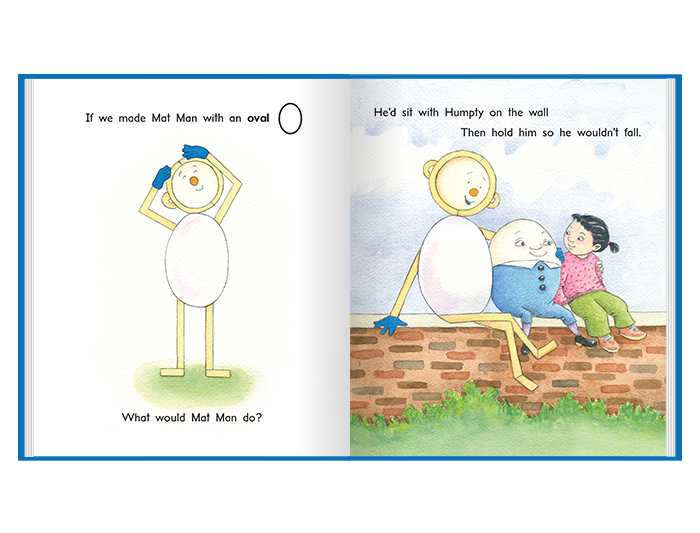April is Earth Month and this year is super special because April 22, 2020 marks the 50th anniversary of Earth Day!
Originally started in the United States by US Senator Gaylord Nelson, Earth Day is now celebrated every year all around the world in more than 193 countries. It’s a great time to raise awareness about our environment and to call us to action to make our world a better place. There are lots of fun, creative ways to have children of all ages from 2 to 102 celebrate Earth Day. Everyone can have fun learning about our incredible planet while learning how their actions can make a difference.
This year’s theme for Earth Day is Climate Action.
There are lots of exciting educational activities and events that can be enjoyed virtually. Try some of these cool, crafty activities to celebrate Earth Day and build or showcase other skills at the same time. Help children build or hone their reading comprehension, writing, oral language, science, and social studies skills as they celebrate Earth Day.
- Read a book about the Earth.
Todd Parr’s book called The Earth Book is a great read for younger learners. Listen to a child read it aloud.
Read Mat Man Shapes and then build Mat Man. Be sure to substitute his rectangular body with a circle like the Earth. Talk about the different bodies of water and continents as you draw on Mat Man’s globe body. For older learners, have them read poems that pay homage to Earth Day.
- Write a poem about the Earth.
April is also poetry month. Encourage children to write their own poem about the Earth. Have fun using rhyming words with young children. You can download a free Earth Day Shape Poem template here!
- Watch an environmental documentary and write a response and/or draw a picture.
Use Learning Without Tears free A+ Worksheet Maker Lite to have students write and draw.
- Explore different careers that help make our Earth a better place.
Learning Without Tears has devoted an entire unit on the Earth in their new Get Set for School materials for Pre-K children. They are offering free access to many of their resources, including the Pre-K Interactive Teaching Tool. Once you're logged in, click here to access the Earth unit.
- Create an eco-art project.
Help your child repurpose something in your home, create a sculpture out of recyclables, or make artwork with items from nature. Here are some creative ways to use things like egg cartons, corks, and old newspapers.
- Sing and move to Earth songs.
Work those gross and fine body parts as you have fun moving and grooving to fun Earth songs that are set to tunes you already know, like “The Happy Birthday Song” and “This Old Man.”
- Plan and cook a plant-based meal.
Reduce your carbon footprint by eating more plant-based meals. Try some of these plant-based alternatives. Have children measure ingredients to support math skills.
- Make a poster about the Earth.
Consider making a family commitment that outlines what you pledge to do as a unit to make the Earth better. Help children number each item and decorate the poster. Check out these works of art for inspiration.
- Focus on the letter “R.”
Teach younger children how to write and sound out the letter “R.” Use Handwriting Without Tears Wood Pieces for Capital Letters to build the letter “R” before they write. For older children, teach the prefix “re-” as you teach the words: reduce, repurpose, recycle, and regift.
Enjoy celebrating the Earth with your students or children.
For more free Earth Day activities and ideas, click here. Be sure to share how you celebrate by posting your posters, poems, songs, and videos to our social media pages: Facebook, Instagram, Twitter, Pinterest, and LinkedIn.
A—Z for Mat Man and Me
Seamlessly bring the ABCs to life while building foundational literacy skills with our new letter book series. Each of our illustrated letter books introduces a letter of the alphabet and emphasizes their associated sound through captivating, visual stories. The engaging stories in each book capture children's imaginations and expose them to social-emotional skills and diverse cultures.
You can Learn More → .